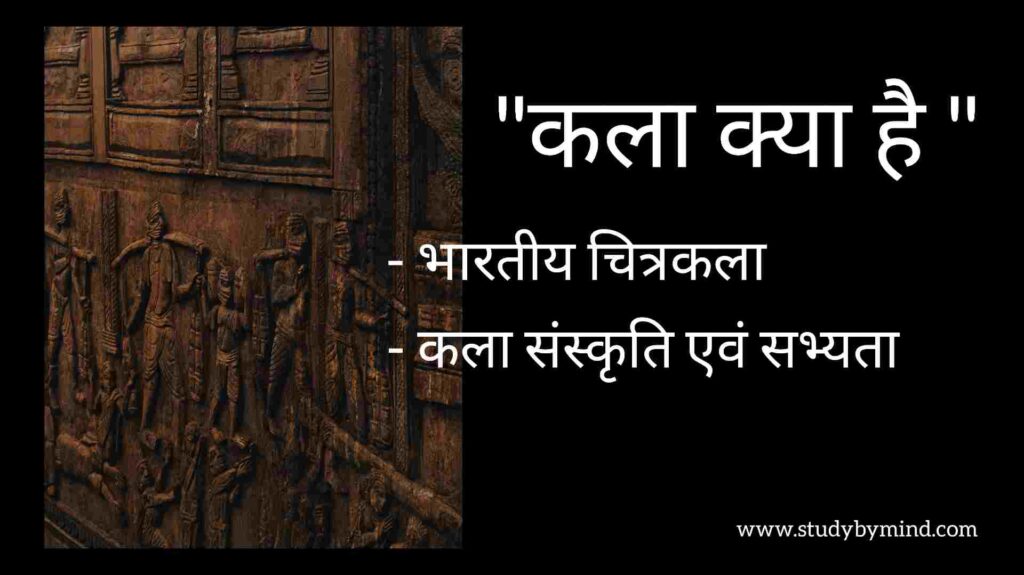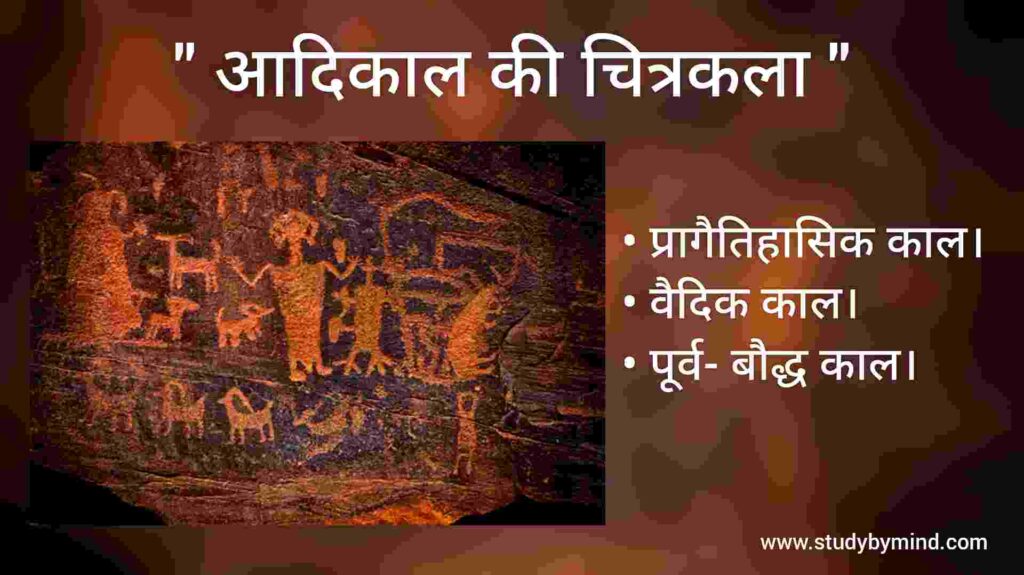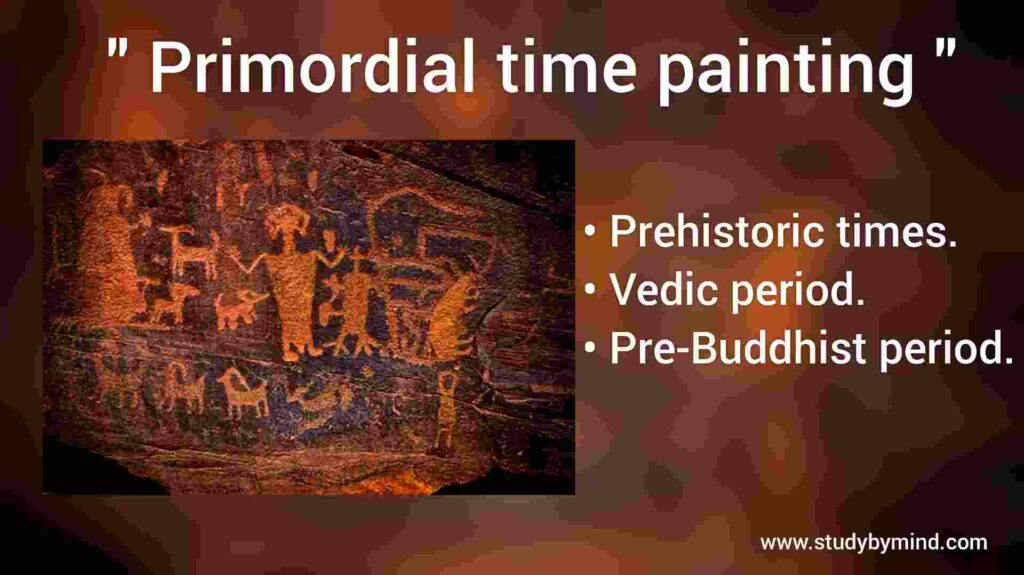Art History
Art history is an intellectual discipline in our country, some examples of art history are available in this direction, in them the details of those foreign travelers are more, these travelers came here from the attraction of India’s culture and religion. “Art” is an essential part of life and culture. Only for this reason, some attention has been paid to the art here in their descriptions. Taranath ji was definitely such a traveler who has written a lot considering the artefacts of India as the focal point. In fact he came to India from Tibet as a Buddhist Lama. But he was so impressed by the “Nagpanth” prevalent at that time that he converted to religion after coming here. This is an important example of his developed mind and probably because of this there is a lot of bias in his writings. Otherwise, whatever has been written about the art here, has been exaggerated either because of bigotry and its cultural superiority. Or, to prove the importance of foreign contribution to the art here, a lot of prejudice has been used against it. Some of our tradition has also been such that art-means were taken under religion-means, in which the solution of ‘ego’ has been the main. As a result of this, our artists stayed far away from self-promotion.

First works
For the first time, the practice of naming artefacts started in the Mughal Empire itself. Whose least influence is visible on hill and southern art. Somewhere the name of Shilpi has also been given in the donation boxes of temples, nothing more. In such a situation, art history of India not only becomes an important discipline, but it is also very difficult, and every effort made in this direction is commendable. Now the importance of the history of art has increased even more. Whatever the storehouse of art is, it is as vast as the ocean of joy. Many art styles have developed from time to time in many states of India. A complete discussion of the art styles developed in the Mughal, Rajasthani and hill states gives glory to the Indian painting of the late medieval period. A thing which is separate from life, they do not really know that art penetrates directly into the bottom of life and unravels the layers of its mystery. There is no medium other than art which can penetrate life and present its origin. This has also been the ideal of Indian art. Indian life has been presented with great depth in Ajanta, Ellora, Bagh, Sinhagiri, Sattanwasal, Turkistan Bamia, Kashmir, Pal, Jain, Mughal, Rajasthani and Pahari paintings. Indian art has an unparalleled ability to assimilate. Despite being tied in the same thread, Indian painting of each period has its own separate existence.
Culture and Art
The culture of any country is a symbol of its spiritual, scientific and artistic achievements. This culture informs the mental development of that entire country. The honor of a country and its immortal anthem depends on the culture of that country. The development of culture takes place through the coordination and organization of the soul and physical activities of the individual of a country. The form of culture adapts according to the conditions of the country and time. The history of Indian culture is very wide. Culture and Art The development of Indian culture took place in about 5 years and this culture has developed so high in various fields that even today the world draws inspiration from many areas of Indian culture. The composition of culture continues to operate in the past, present and future.
In human culture, artistic and spiritual development has as much importance as scientific achievements, mainly literature, art or craft, architecture, music, sculpture, dance and drama have special importance in artistic development. Therefore, in order to study the culture of a country, it is absolutely necessary to have knowledge of the arts of that country. Through art, the proper image of the country, social philosophy and science gets reflected. “If philosophy is the action of the mind, then science is the action of the body, but art is that action of the human soul in which the experience of both mind and body is contained.” Therefore, art is the lifeblood of human culture.
Object of art
Object of art Four purposes of life have been mentioned in ancient Indian texts – first is artha, second is work, third is wealth and fourth is salvation. Therefore, the purpose of human arts is also considered to be the attainment of these means.
It is also said in Vishnu Purana that “Dharma, Kama, Artha and Moksha are attained through art”. Similarly, in India, art has been considered as a means for the whole life, not ‘art for art’. Art is that important part of culture which makes the human mind beautiful, beautiful and orderly. Religious and philosophical beliefs have been expressed in a simple way in Indian art. The artist’s works of art reflect the traditional form of culture.
Features of Indian Painting
Indian painting and other arts are different from the arts of other countries. There are some important features of Indian arts that differentiate Indian art from the arts of other countries. Such as religiosity, yogic worship, naturalism, names, idealistic, imagery, symbolism, figures and postures, parts of kings and gods, Line and color etc.

Religiosity – Indian arts have been born with religion and every religion has conveyed its religious beliefs to the public through art itself. Painting and other arts are considered as the means of ultimate bliss.
It is natural from the point of view of the seeker – in Indian painting and other crafts, there is no importance of worldly resemblance or similarity to the outside world, but it is of utmost importance to show the nature or conscience of man with depth and completeness. This image of deep-feeling or conscience is presented by the painter like people.
The harmony and idealism of nature – The Indian artist considers the entire conscious and unconscious world to be a part of creation. Due to this, the unique form of human and natural world is visible in his works. Representation of human and goddess nature, respect of man and woman, hardness and harshness, softness and serenity etc. Many opposing or complementary elements are found in Indian painting. The combination of femininity, purity, valor and softness is seen in the form of Durga. Similarly, in the forms of Ganesh, Hanuman, Garuda etc., the coordination of human, animal or bird accessible ruthlessness etc. is visible. Gorgeous soulful and living images of natural flora, trees, flowers, leaves etc. have been inscribed. The basis of beauty in Indian art is inspired by the natural world. For example- eyes have been composed like lotus, deer or dagger and arms have been made like mrunal and mouth has been made like moon or lotus and the acorns have been made like bimbaphal.
Figures and Postures – In Indian art, exaggeration or miraculous and figurative forms have been given to give ideal form to figures and postures. This is the reason that in most of the Indian painting and sculpture, the figures of classical dance forms of India have been composed on the basis of feeling or quality rather than reality. Prices are shown in currency. Human figures of Ajanta style are famous for their soulful dance postures. Various dance postures have also been incorporated in Rajput and Mughal styles. Many expressions have been successfully shown through mudras, such as meditation, preaching, forgiveness, alms, renunciation, penance, valor, anger, separation, pain of removing the thorn, waiting, loneliness etc. The expressions of the human mind have been depicted through very simple and natural postures. The basis of mudras in Indian art was the “Natya-Shastra” composed by Bharata Muni.

Line and color – Indian painting line is predominant. The figures of the picture, nature and environment have all been marked in the definite boundary line. Flat color has been used in these figures. The use of colors is based on an allegorical or artistic scheme or the colors have been used on a symbolic basis.
Sources of art studies
By the source of art studies, means those means which help in knowing the ancient art-history. The sources of study of painting of India can be divided into the following categories, such as Religious books, Historical books, Inscriptions, Seals and Coins, Ancient Ruins, Accounts of Travelers, Autobiography or History of Kings.
कला इतिहास – What is Art? हिंदी में “ Click here “
See also
- मानव का इतिहास हिंदी में ” Click here “
- More About History of India Art – ” click here”


